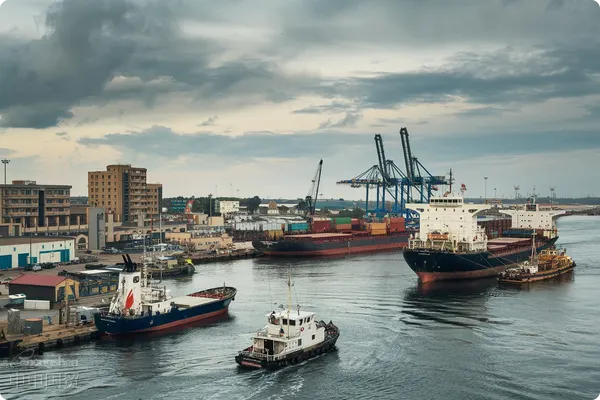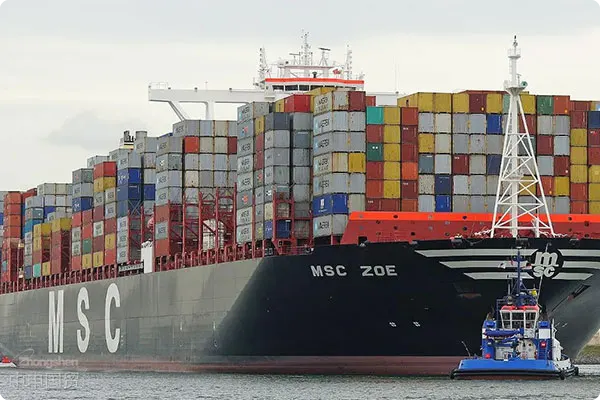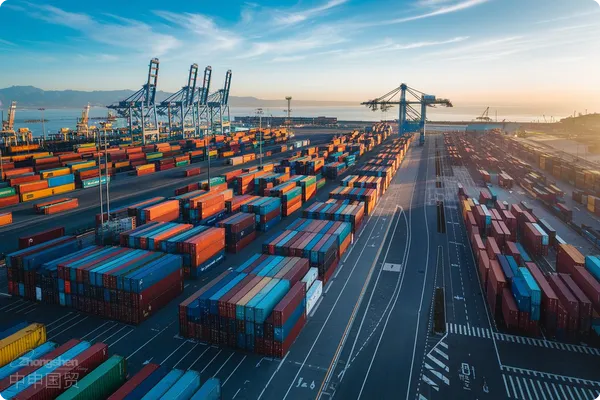- Shanghai Zhongshen International Trade Co., Ltd. - Two decades of trade agency expertise.
- Service Hotline: 139 1787 2118

Improve the classified management of manufacturing enterprises
With the continuous development of global trade, international agencyimport and exportbusiness has become an important way for many enterprises to expand overseas markets. This article aims to help enterprises understand each link, improve operational efficiency, and reduce risks by analyzing the international agency import and export flowchart in detail.
Part 1: Overview of the International Agency Import and Export Process
The international agency import and export process is a complex process involving multiple links and participants. The following is a basic overview of this process:
1. Market Research and Selection: Enterprises first need to conduct research on the target market, understand market demand and competition, and then select a suitable international agent.
2. Signing of Agency Agreement: Enterprises sign an agency agreement with the agent to clarify the rights and obligations of both parties.
3. Goods Procurement and Production: Enterprises are responsible for the procurement and production of goods to ensure product quality and delivery time.
4. Logistics and Transportation: The agent is responsible for arranging the international transportation of goods, includingMaritime Transportation,Air Transportationand land transportation, etc.
5. Customs Clearance and Taxation: The agent is responsible for the customs clearance and tax processing of goods to ensure smooth customs clearance of the goods.
6. Settlement and Payment: Both parties conduct settlement and payment in accordance with the agreement.
7. After - sales Service: The agent provides after - sales service to solve problems encountered by customers during the use of the product.
Part 2: Analysis of the International Agency Import and Export Flowchart
To more intuitively display the international agency import and export process, the following is a flowchart:
“`
[Market Research and Selection] –> [Signing of Agency Agreement] –> [Goods Procurement and Production]
| |
v v
[Logistics and Transportation] –> [Customs Clearance and Taxation] –> [Settlement and Payment]
| |
v v
[After - sales Service] |
“`
This flowchart clearly shows the logical relationship between each link, helping enterprises better understand and master the international agency import and export process.
Part 3: Optimization Strategies
To improve the efficiency of the international agency import and export process, the following are some suggestions:
1. Strengthen Informatization Construction: Use informatization means, such as the ERP system, to achieve the automation and intelligence of the process.
2. Optimize Supply Chain Management: Strengthen cooperation with suppliers and agents to shorten the supply chain cycle.
3. Improve Team Quality: Strengthen the training of team members to improve their business capabilities and service levels.
4. Pay Attention to Policies and Regulations: Keep informed of and master international import and export policies and regulations in a timely manner to ensure compliant operations.
Conclusion
The international agency import and export flowchart is an important tool for enterprises to expand overseas markets. By deeply understanding and optimizing this process, enterprises can improve operational efficiency, reduce risks, and achieve sustainable development. In the future, with the continuous deepening of global trade, international agency import and export business will face more challenges and opportunities. Enterprises need to continuously adjust and optimize strategies to adapt to market changes.
Related Recommendations
? 2025. All Rights Reserved. 滬ICP備2023007705號-2  PSB Record: Shanghai No.31011502009912
PSB Record: Shanghai No.31011502009912










